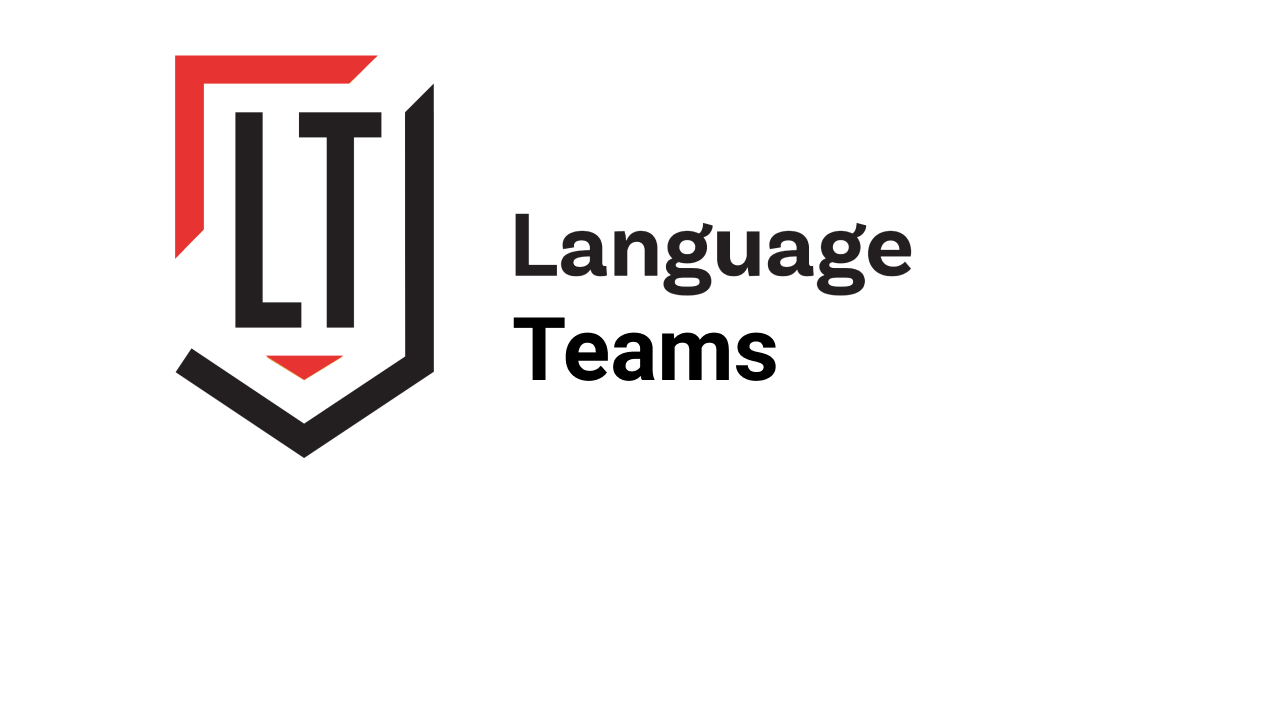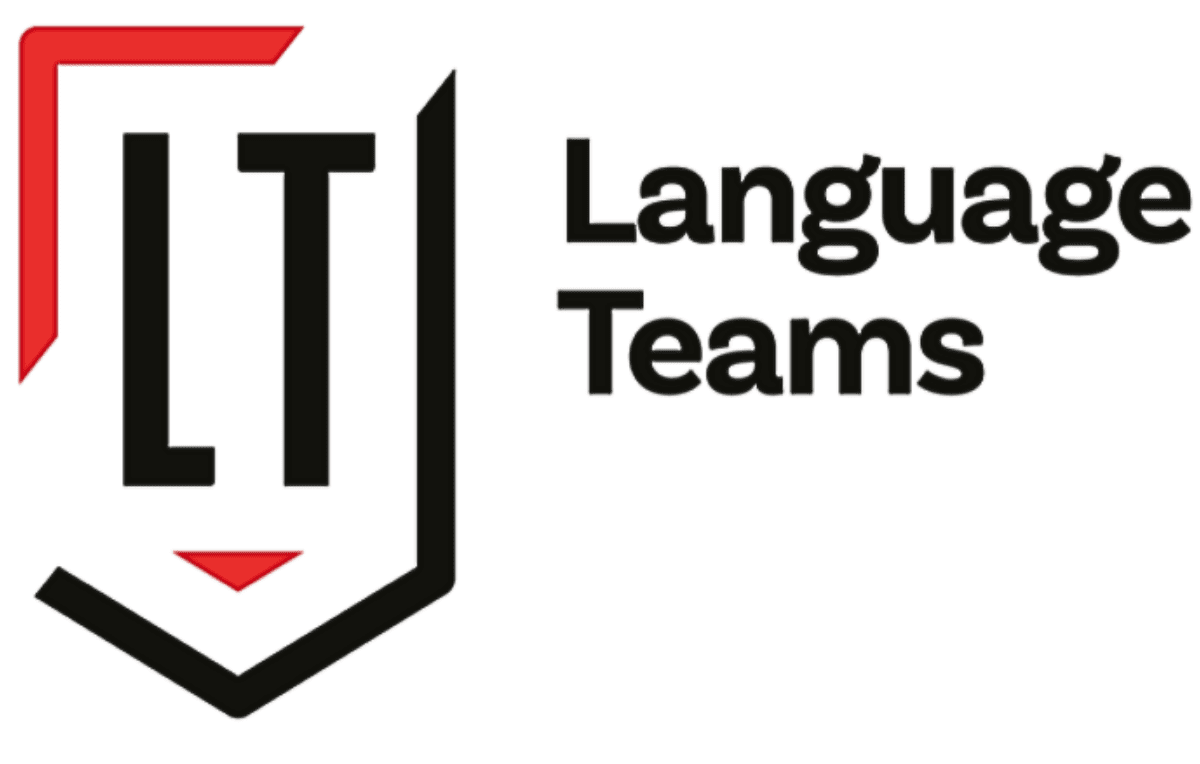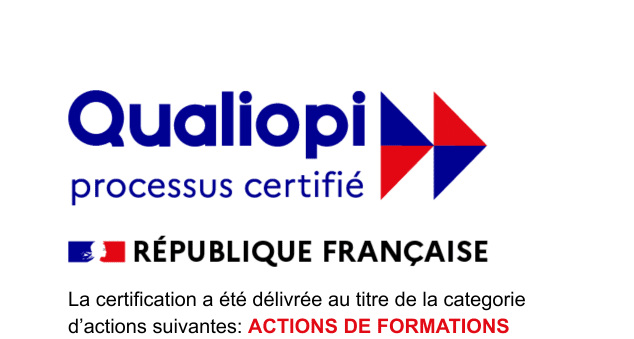Dutch training programs
Discover how you can learn Dutch according to the international levels of the CEFR. Select your level and discover what you can understand, say and write at that level, how many modules it comprises and which course suits you best.
Which level is best for me?
Our courses are structured according to the Common European Framework of Reference (CEFR). Click on a level for a full description.
A1
A1 - Beginner
You can understand and use simple words and phrases in everyday situations.
A2
A2 - elementary
You can talk about your routine, your environment, and familiar topics.
B1
B1 - Intermediate
You can participate in simple conversations and can express your experiences and opinions.
B2
B2 - Self-employed
You can understand more complex texts and communicate spontaneously with native speakers.
C1
C1 - advanced
You can express yourself with ease, nuance and professionalism in complex situations.
How does our training work by level?
Our courses follow the international structure of the CEFR. You learn at your own pace thanks to clearly structured modular courses.
Starting-Level Assessment
Our training includes a starting-level assessment combining learner self-evaluation and a needs analysis to ensure each language course is tailored to your goals.
20-hour modules
Each level comprises one or more 20-hour modules. You can take the modules separately or complete the entire course in one go.
Learn at your own pace
We take into account your objectives, your availability and your prior knowledge. You start where you are and progress from there.
Modules by level
Each module has a clear theme, learning objectives, and assessment. Click on a level to see the full description and content.
Level | Modules | Duration | Details |
A1 | Introduction – Daily life – Orientation | 3 × 20 hours | More information |
A2 | Common languages – Activities – Social interaction | 3 × 20 hours | More information |
B1 | Expressing oneself independently – Experience – Expressing one's opinion | 4 × 20 hours | More information |
B2 | Complex interaction – Professional contexts | 5 × 20 hours | More information |
C1 | Smooth professional communication | 6 × 20 hours | More information |
What can I do after this level?
Each module includes clearly defined themes, specific learning objectives, and an assessment. Click on a level to view the full program description and its content.


